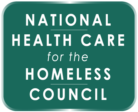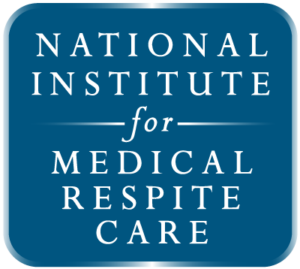Recommended clinical practice adaptations for the care of individuals with these sexually transmitted diseases who are homeless; developed by clinicians working in HCH projects.
The Centers for Disease Control and Prevention estimate that 1.2 million people aged 13 years and older are living with human immunodeficiency virus (HIV) in the United States, with about 50,000 new HIV infections per year. An estimated 20% of people living with HIV infection have not been diagnosed (CDC, 2011). Among those without stable housing1, HIV infection rates are about three times higher than that of the general population and this rate increases in some specific subpopulations. In a meta-analysis of 43 studies conducted in the U.S., prevalence rates of HIV among those without stable housing were found to range from 0.3% to 21% compared to the general population, which has an HIV rate of less than 0.1%. Estimates of HIV prevalence among unstably housed people vary, depending on variables such as the sampling methods used, the geographic area sampled, and the economic status of the area. However, compared with people known to be at highest risk for HIV infection—including individuals who engage in intravenous drug use and/or unprotected sex with infected partners—those without stable housing are more likely to be HIV-positive wherever they may live.

